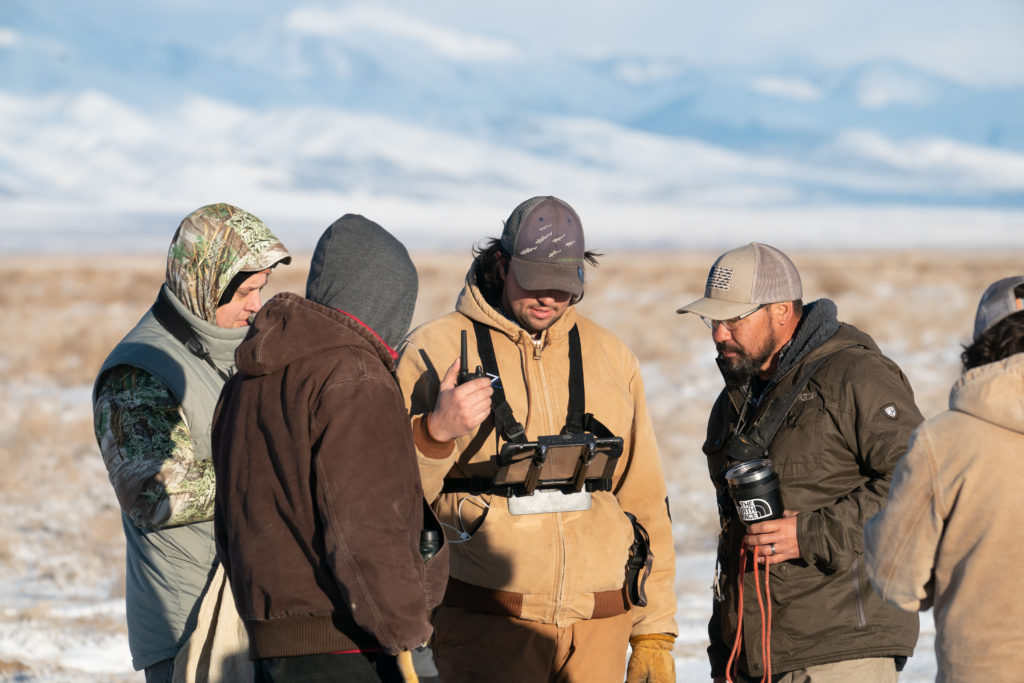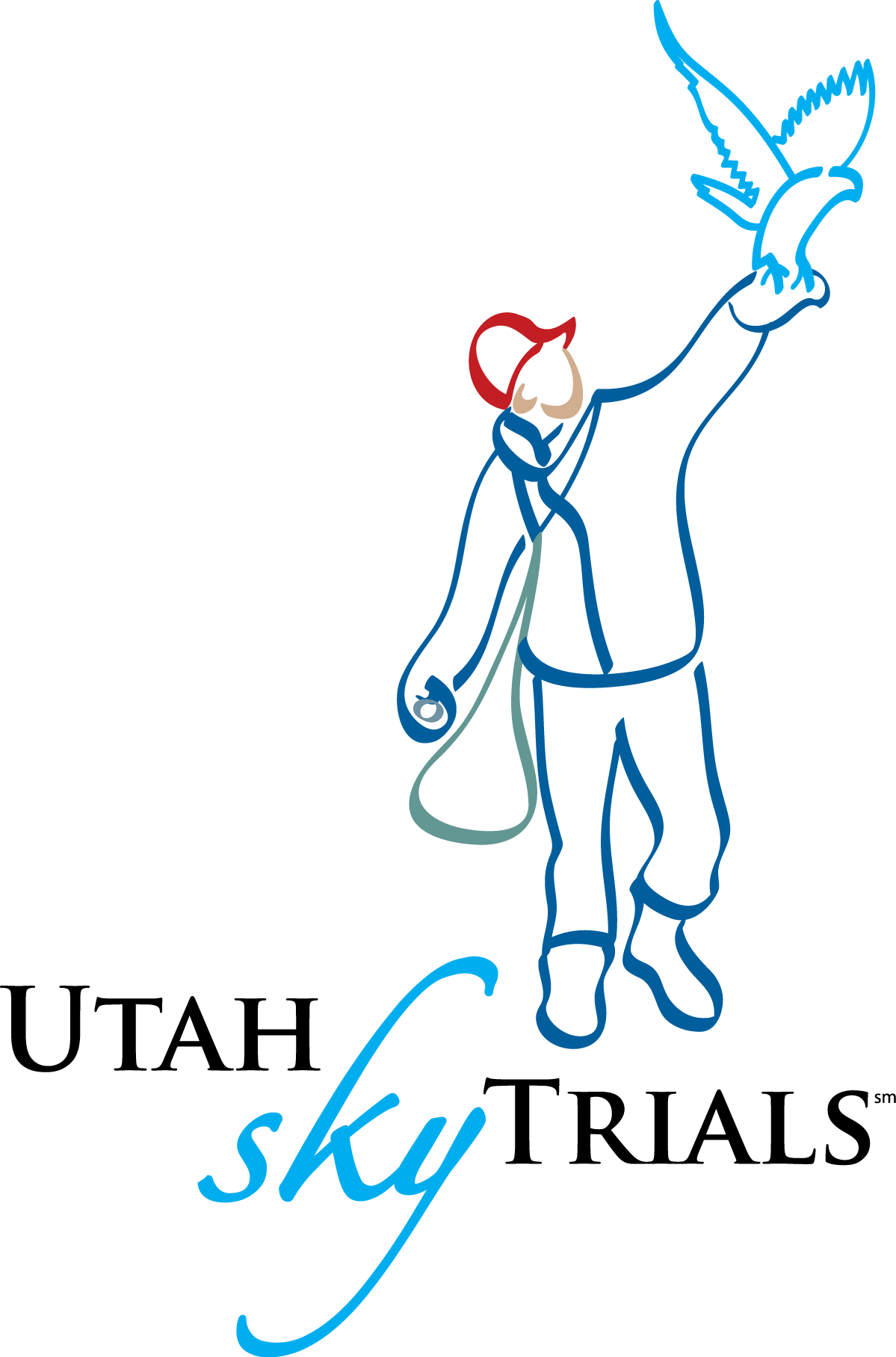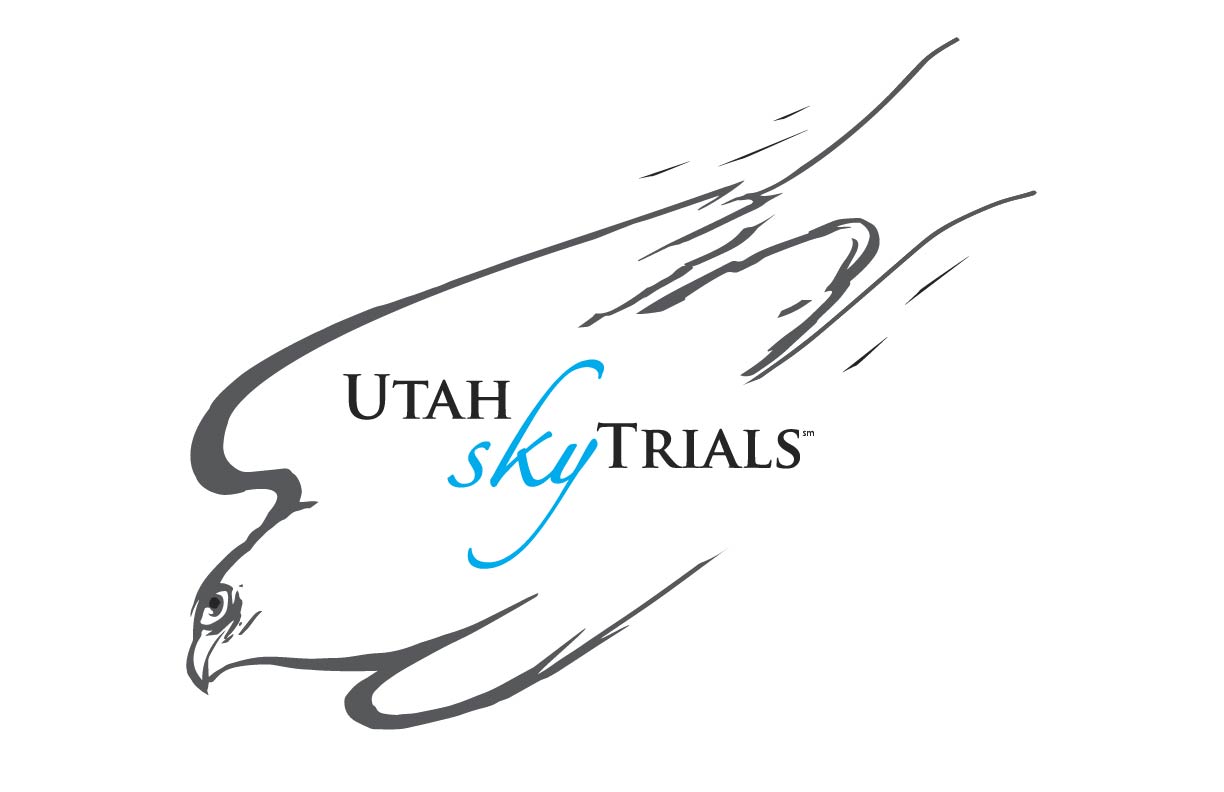
Pony Express Sky Trials Rules and Judging
A NOTE ON JUDGING
The rules for judging and what is measured may be different for the Pony Express Sky Trials than other Sky Trials. That’s okay. Each sponsor may have a different emphasis on what they would like to measure.
Judging has always been a challenge. Gerald Richards tried different methods and ideas to make the judging as fair as possible. The result after all these years is a blend of mathematics, technology and art. And like so many athletic contests, it is naturally influenced by human subjectivity. However, with GPS technology, the human element is significantly reduced.
For the Pony Express Sky Trials, falcons will be judged on
· Position
· Pitch
· Stoop
· Pursuit after the stoop
TOTAL FLIGHT TIME 15 MINUTES
The judged sequence of each flight is determined from the time the falcon is cast off the glove to the time it catches or gives up on the competition pigeon, and the falconer has reported to the head judge with his or her falcon back on the glove.
A total of 15 minutes is allowed for the falcon to leave the glove, mount up to its highest point, be served a pigeon(s) stoop and pursuit the pigeon, and return to the falconer’s glove. Points will be deducted at 1 point per minute for going over 15 minutes.
NOTE 1: For the Pony Express Sky Trials, how long the falcon takes to get into position for the serve (mounting) will be included in the total flight time instead of being measured separately.
This is to equalize the natural ability of different falcon species. Some species mount faster than others. For example, tiercels often mount faster than females, and some hybrids mount faster than non-hybrids. The idea is to include as many falcon species as possible.
NOTE 2: If the pigeon puts into the crowd, the clock automatically stops as the falcon could possibly be sitting on a truck waiting for the pigeon to be flushed or plucking the pigeon if caught.
NOTE 3: A separate award will be given for the falcon with the fastest feet-per-minute climb as recorded on the GPS.
POSITION (20 points)
Position is the distance of the falcon to the falconer. To receive full position points the falcon needs to be within 1000 feet of the falconer as recorded on the GPS.
The points are distributed as follows:
0 ft. – 1000 ft. = 20 points
1001 ft. – 1500 ft. = 15 points
1501 ft. – 2000 ft. = 10 points
2001 ft. + = 5 points
PITCH (20 POINTS)
Pitch represents the height the falcon reaches when the falconer calls for the pigeon to be served. The judges will use the GPS transmitter to determine the height of the falcon.
Scoring Pitch. The falcon that flies the highest scores 20 points. The rest of the points will be scored in proportion to that highest height. Example: If the top falcon flew 1000 feet it would be awarded the full 20 points. If another falcon only flew 500 feet, that falcon would be awarded 10 points.
NOTE 4: No falcon will be served under 300 feet high. To give the pigeons the same head start advantage they may have flying in the wild, the falcon must be at least 300 feet high before the pigeons are served. Note also that for the many years we have held Sky Trials very few pigeons have been caught.
NOTE 5: If the falcon does not reach a height of 300 feet, no scores will be recorded, and the falcon is disqualified.
STOOP (20 POINTS)
It is especially during the stoop, the free-fall pursuit of the falcon towards the pigeons, that the art of the competition is measured.
Gerald Richards felt it was unimportant what style the falcon used to get down, “as long as it cuts through the quarry at the bottom of the stoop with some oomph!”
Stoop points will be awarded as follows.
Catches the pigeon = 20 points.
Feathers the pigeon = 15 points.
Pursues with considerable force, but no contact = 10 points.
Intent on the pigeon, but not close = 5 points.
Some intent = 2 points.
Not too interested = 0 points.
NOTE 6: because we can now measure speed, we will have a separate award for the fastest speed in the stoop.
NOTE 7: If the falcon does not stoop or chase the pigeon, it is not disqualified. It will only score points for Position, and Pitch.
PURSUIT (15 POINTS)
Pursuit points are earned as the falcon makes additional threatening passes/attacks at the quarry after the initial stoop. There is a degree of difference in a crafty pigeon offensively dodging a pursuing falcon who is well behind it and one that is forced defensively to dodge an immediate impact.
Falcons that get full pursuit points close the gap quickly and force the pigeon into defensive lifesaving maneuvers (turns).
5 points are awarded for each time the falcon forces the turn of the pigeon. (Up to 3 turns awarded.)
3 points are awarded if falcon forces the pigeon to put-in to the judges, the crowd, a bush, etc.
The full 15 pursuit points are awarded if the pigeon is caught in the pursuit. If the pigeon is caught while putting in at the judges table, under a car, etc., this is a put-in and only the three points are awarded. (Note: This is also a reason to limit the number of people in the field with the falconer.)
NOTE 8: The pigeons flown in the Sky Trials are often bred as competitive racers and are adept at dodging wild falcons during their races. They evade clever attacks from wild falcons every time they fly. For the Sky Trials, the pigeons are often well out ahead of the falcons, juking and maneuvering the falcons who try to keep up.
If you are new to the Sky Trials, know that we as falconers are cheering for our well-bred pigeons as much as we are our falcons. Good strong racing homers have evolved to evade well the stoop of a falcon.
ADDITIONAL RULES
The tradition established by Gerald Richards since 1975 lives on. Here are additional rules governing The Pony Express Sky Trials.
- The Sky Trials is a one-shot deal. No second flights for any reason. Gerald was adamant about this. Every time we fly, we risk the interference of unpredictable quarry, wild prairie falcons, eagles, etc. (This rule may in a rare, extreme circumstance be mitigated by the head judge.)
- No contest. The head judge or organizers may call no contest if they feel the Sky Trials is compromised by unfair manipulation, intentional or otherwise. The judges’ decisions are final. No contest means no contest, no awards, no refunds. It is in the best interest of everyone to work to see that the event is fair to all.
- All dogs must be kept on a leash. The only exception will be the dog of the falconer that is competing during his allotted time slot.
- Live Lures. Any contestant using a live lure within one mile of the meet will be disqualified. Please have your birds trained and in proper weight so that they will come down to a lure. A live lure may be used beyond the mile if necessary.
NOTE 9: We will provide a homing pigeon to be flashed near the falconer in the event a bird flies off or doesn’t want to come down after the pigeons are served. This pigeon will be secured on a leash and will be flashed to get the falcon’s attention back on the falconer and his or her lure. IT IS NOT TO BE USED AS THE LURE.
The live lure rule remains in effect. You are not to use a live lure where the falcon comes down and kills the live lure unless you are beyond a mile and you feel your bird is at risk. The pigeon at the judges table will be secured away immediately as the falcon begins its ascent.
- Pigeon selection. The contestant should pick the pigeon(s) he or she wants for the flight but will not touch the pigeons at any time.
- Contestants will have one point deducted for each minute beyond the time limit. (Time will be rounded up according to universal rounding rules: 14:59 total flying time will be deducted 1 point. 16:02 will also be deducted 2 points.)
- Contestants entering more than one bird. Contestants entering more than one bird will present their falcon for the judges to read the band number and must match the number with the assigned time slot.
- No Interchanging time slots. Contestants entering more than one bird are not allowed to interchange their time slots between their birds or with other contestants. (No exceptions.)
- Falcons are released from glove. Falcons can only be released in the field from the glove beyond the judges’ table. No releases from the rooftop of a vehicle, etc. (No exceptions.)
- No Exhibition flying after flight. With respect to other contestants anxious to get into the field, no lure flying is allowed after the pigeon is served. Contestants are asked to exit the field as soon as their falcon is picked up. (Exhibition flights are welcomed after all the flights are completed and an announcement will be made for the spectators if needed.) The organizer reserves the right to make an exception to this rule, if for example there are open slots before the next scheduled flight.
- Two pigeons served. If enough pigeons are secured for the meet, each falcon will be served 2 pigeons simultaneously. This gives the pigeons a much higher level of confidence and they will fly much better as result. Normally, a pair of pigeons won’t put in with pressure. If not enough pigeons are secured, only one pigeon will be served.
GENERAL NOTES
We will monitor and judge height by GPS transmission. Each contestant will be required to attach a provided Marshal GPS transmitter to their falcons. No drones, balloons, RC planes, kites, audio or other stimuli to get the bird in the air will be allowed. That includes recordings of drone noise, etc.
Multiple Judges. In the past, we had a single head judge with spotters to consult with. This year we will have 2-3 judges. One judge will stand out with the falconer, so they see what the falconer sees. That field judge will be joined by the pigeon thrower who will also serve as a spotter and field judge. The other judge will be out of the field monitoring the GPS activity. We will do our best to minimize gear and people in the field.
Our judges do their best to be fair, and consistent. Consistency is paramount. We have no instant replay cameras to review. But what is important is that the judging is consistent for every flight and all birds are measured against the same standard.
It is both challenging and rewarding to be a judge. They have the best seat in the house but are occasionally treated like referees at a professional basketball game, when the call doesn’t agree with coaches, players, or fans. Gerald began this competition to have a little fun at the end of the flying season; we appreciate your respect for the judges and for not letting the competitive nature of the event supersede the fun we intend to have.
What would have Gerald done? Of course, we can’t know how Gerald would have evolved the Sky Trials. What we do know is that he was always tinkering with all aspects of the Sky Trials. It is certain that it would not have stayed the same as it was in 1994 when Gerald passed. He would have been curious to see how new technology, or different methods could make the Sky Trials even better. We strive to do the same.

